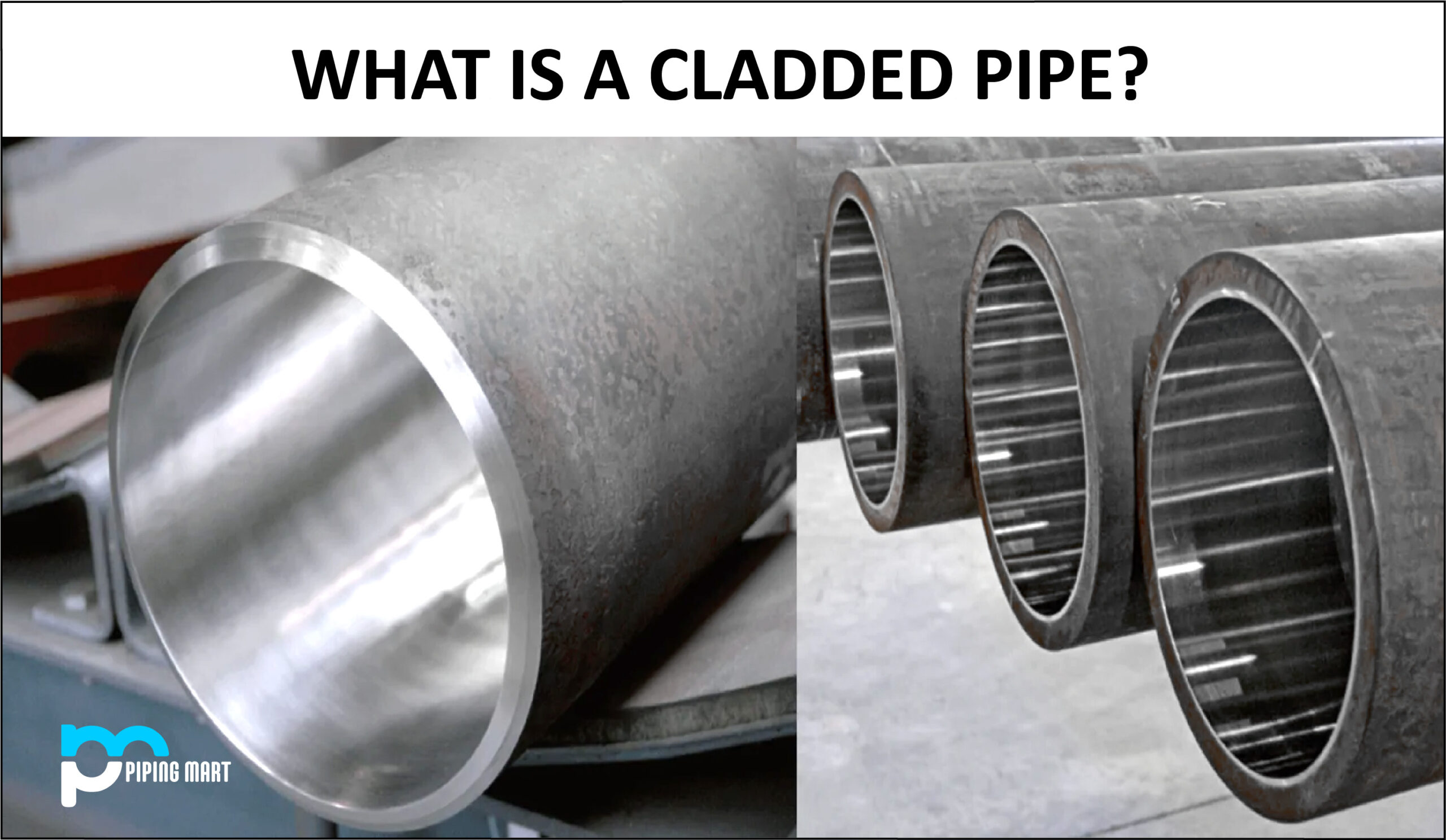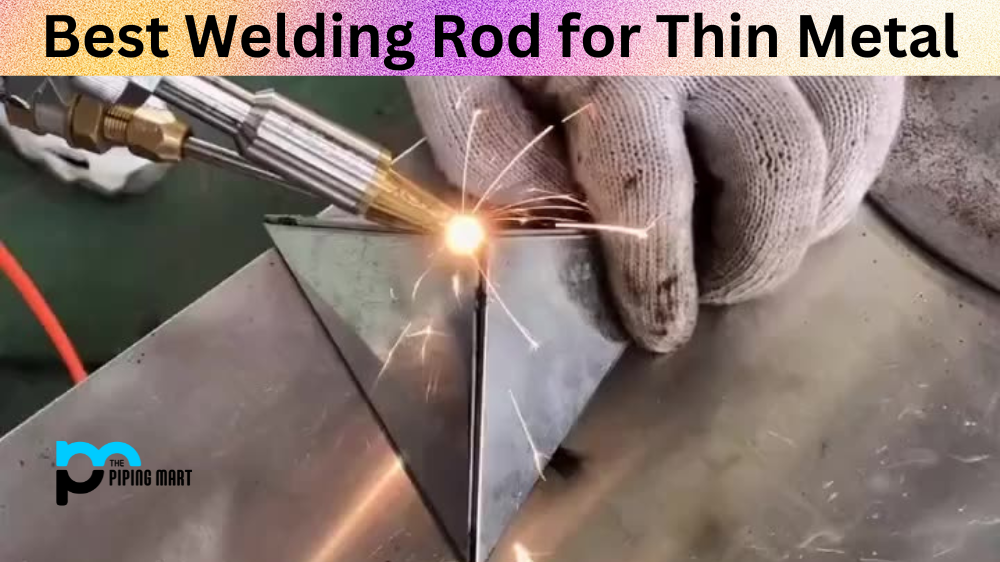A clad pipe has a metallic connection between the pipe and the cladding substance. Either an explosive bonding method or welding clad material to a pipe are used for cladding. To save money, high-strength carbon steel materials are covered in highly corrosion-resistant metal. Steel tubes that have a corrosion-resistant alloy layer metallurgically bound to either their interior or external surface are referred to as cladded pipes. Steel or low alloy steel serves as the basis material. Strongness and corrosion resistance standards for clad pipes are the highest. While the high alloyed inside pipe offers corrosion protection, the carbon steel inside pipe complies with the static criteria of strength and endurance. The use of CRA cladded pipe is growing in the pipeline sector, especially in offshore locations, since more and more pipelines are operated under highly corrosive environments.
For fluids that would rapidly erode carbon-manganese steels, clad pipes are utilised. Pipe cladding is used to increase a pipe’s robustness and resistance to corrosion while keeping the pipe’s overall price within reasonable bounds. The material for cladded pipes can be chosen from a wide variety of non-ferrous alloys and stainless steels to suit the required temperature range.
Advantages of Clad Pipe
- corrosive conditions can be demanding on clad carbon steel.
- High temperature and pressure applications are possible for clad pipes.
- Since carbon steel can be utilised with an exotic material cladding, it is economical for vital services.
Disadvantages of Clad pipe
- The fabrication of clad material is challenging; welding requires a specialized skill.
- Compared to lined pipe, clad pipes are more expensive.
Applications of cladded pipe
An interior layer of corrosion-resistant alloy material, often referred to as cladding material, is economically advantageous since the thinner layer improves the corrosion-resistant properties with rising cost. Because of this, Cladded Pipe is widely used in the subsea pipeline and natural gas industries for conveying sour oil and gas, saltwater pipelines, water reinjection systems, process pipes in the chemical industry, saltwater pipes, Water injection pipelines, Interfield pipelines, Riser pipelines, Flow-lines, power plants, and marine applications.
Difference between cladded pipe and lined pipe
Lined pipe – Between the material of the pipe and the lined pipe, there is a mechanical bonding is called lined pipe. We may benefit from the strength of carbon steel as well as the lined material’s ability to resist corrosion by putting it to a carbon steel pipe. PTFE Rubber, Glass, and FRP are often used lining materials (Fiber reinforced plastic)
Cladded pipe – It is bimetallic and made of a base material that is metallurgically connected to an internal corrosion-resistant alloy (CRA) layer.
| Cladded pipe | Lined pipe |
| Cladding is created using metallic materials. | Non-metallic substance is used for the lining. |
| Weld explosion bonding or an overlay technique. | the use of glue in mechanical bonding |
| suitable for high-temperature and high-pressure applications. | Usual in low pressure and low temperature applications |
| Economically expensive | Comparably less expensive. |
| difficult manufacture | As a result of flanged joints, fabrication is simple. |

Pipingmart is B2B portal specializes in industrial, metal and piping products. Also, share latest information and news related to products, materials and different types grades to help business dealing in this industry.




